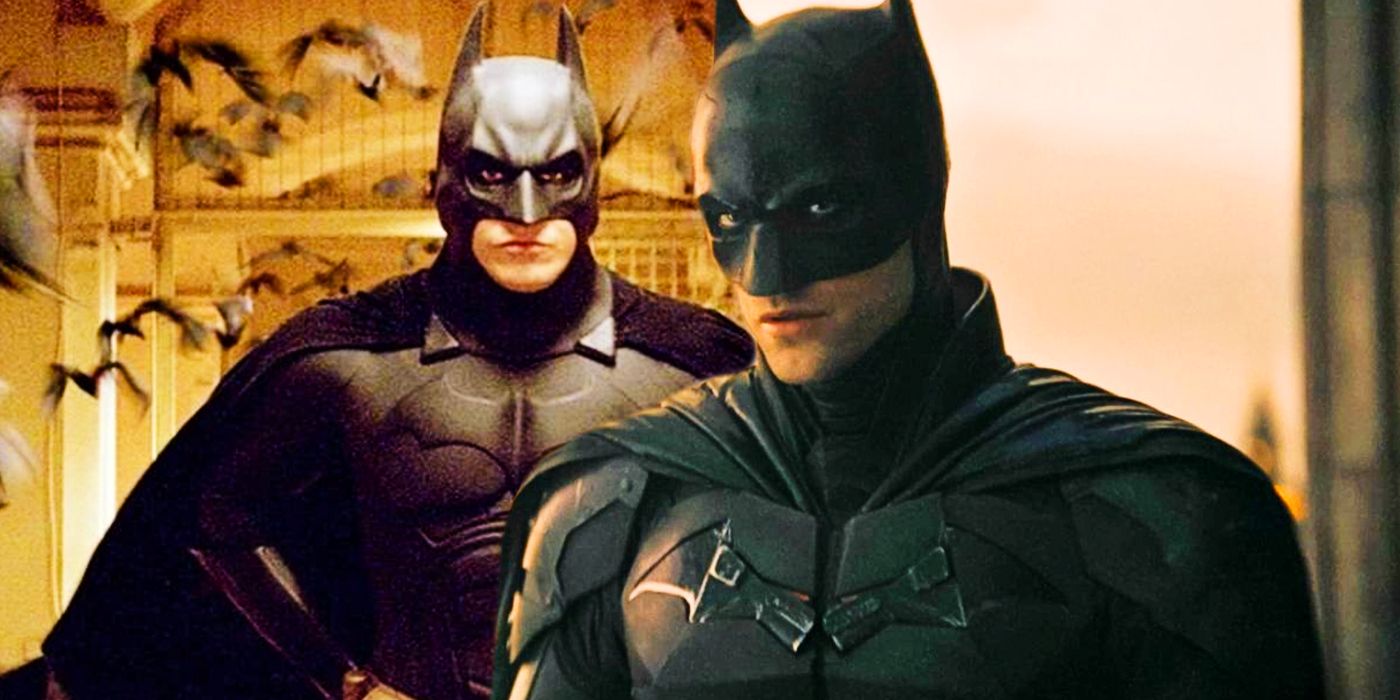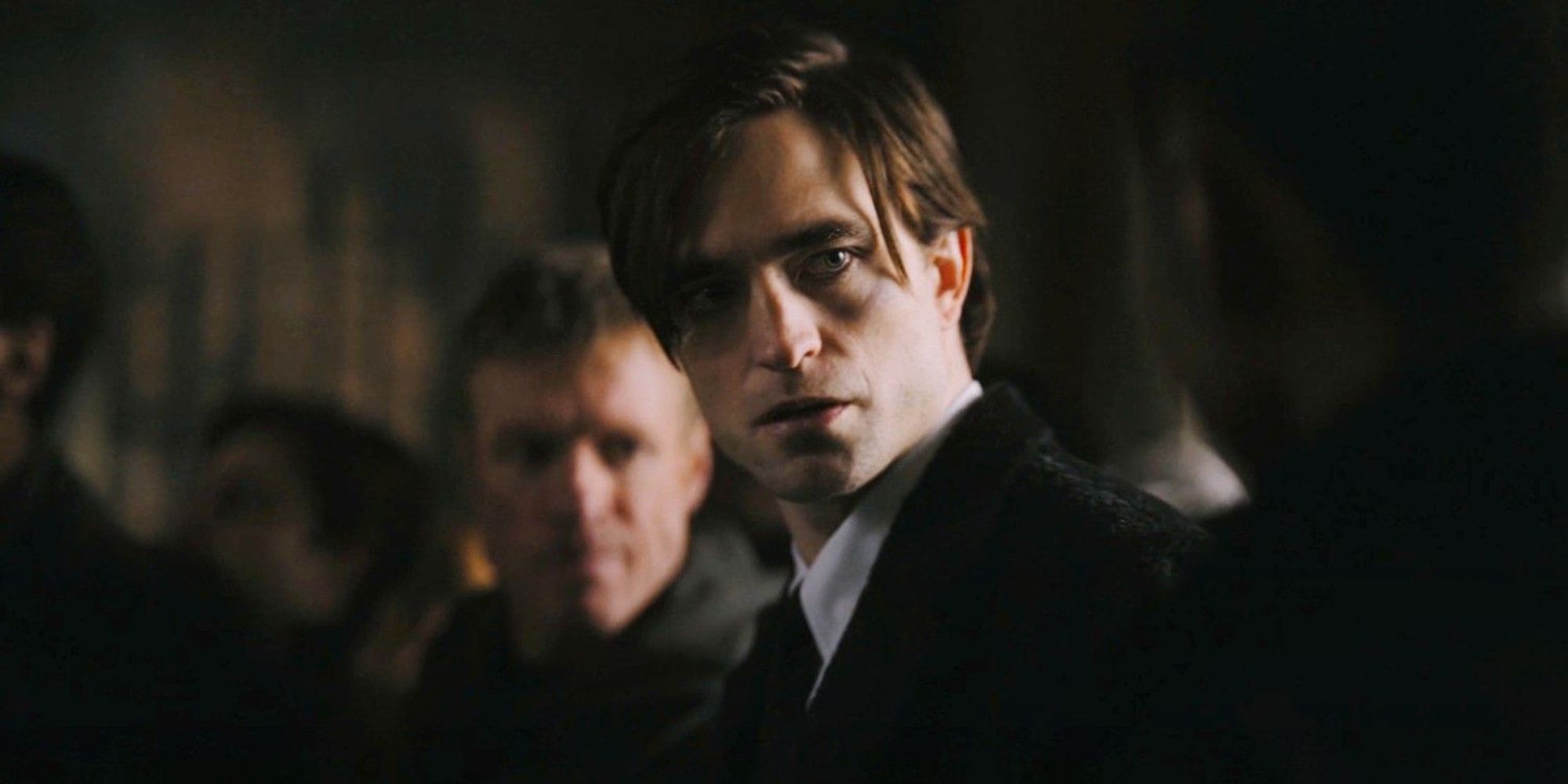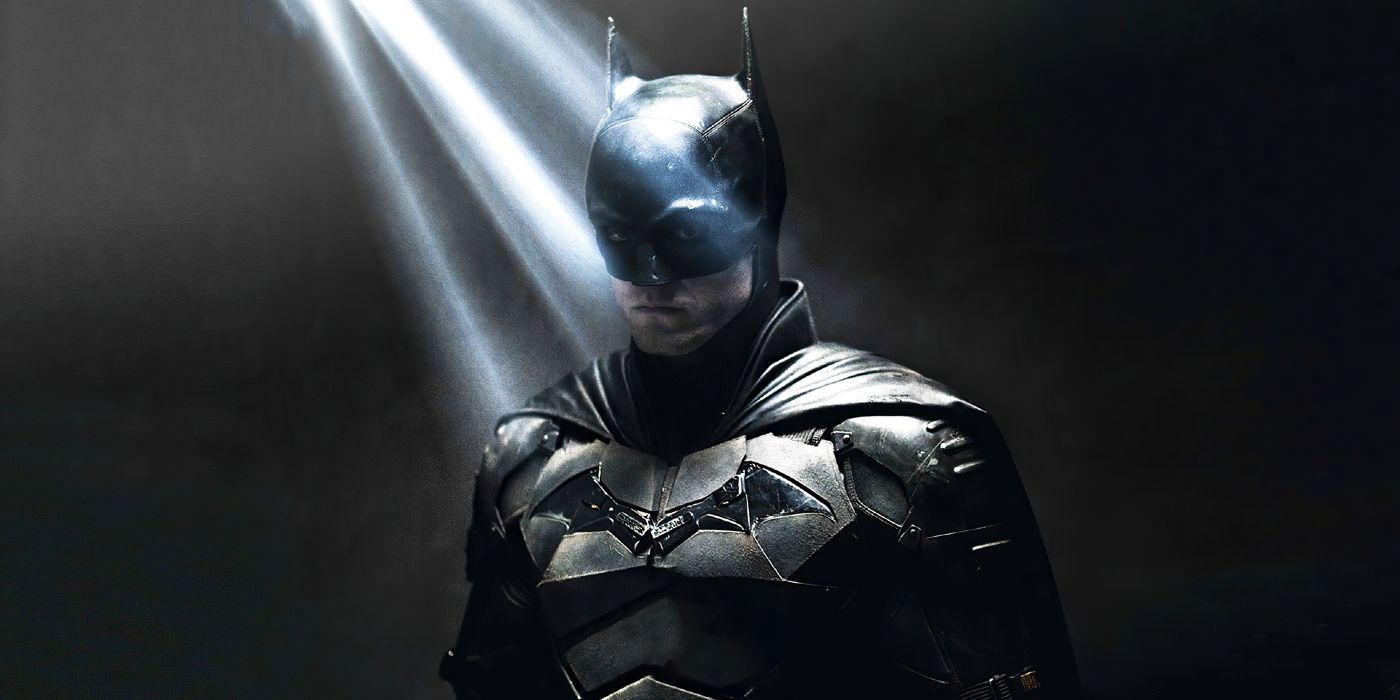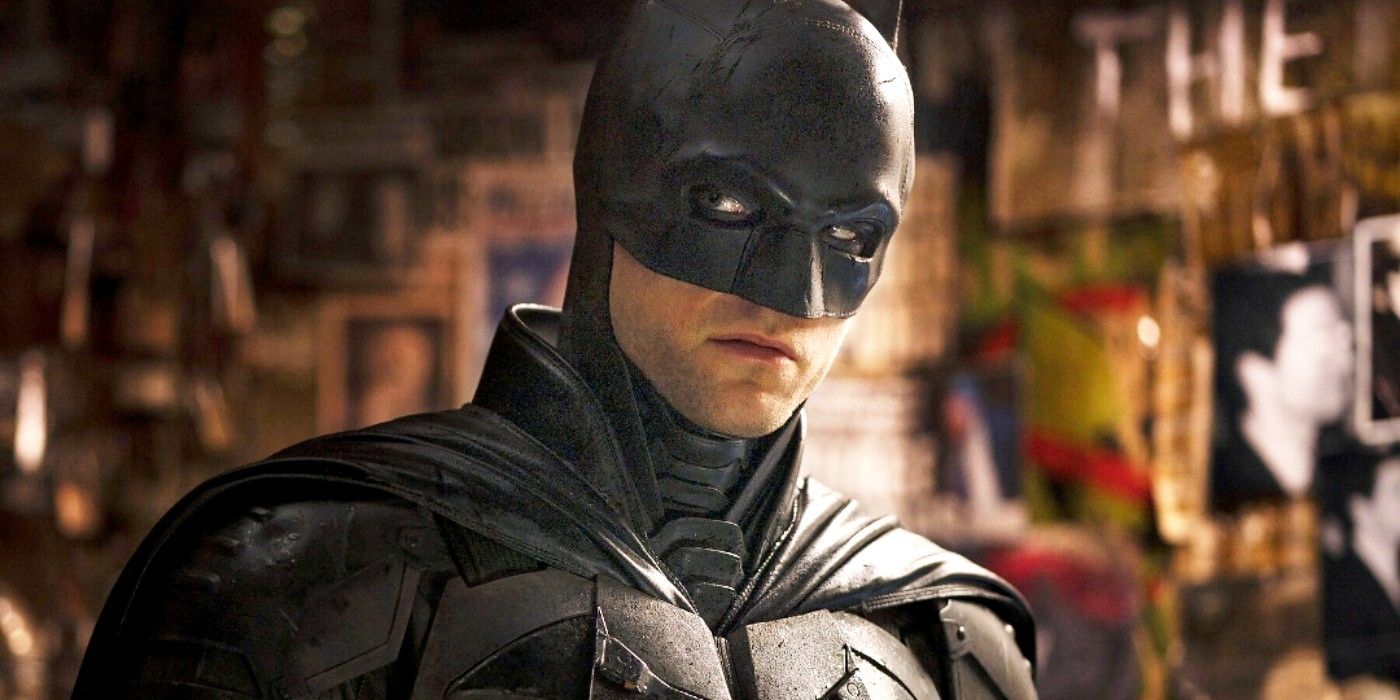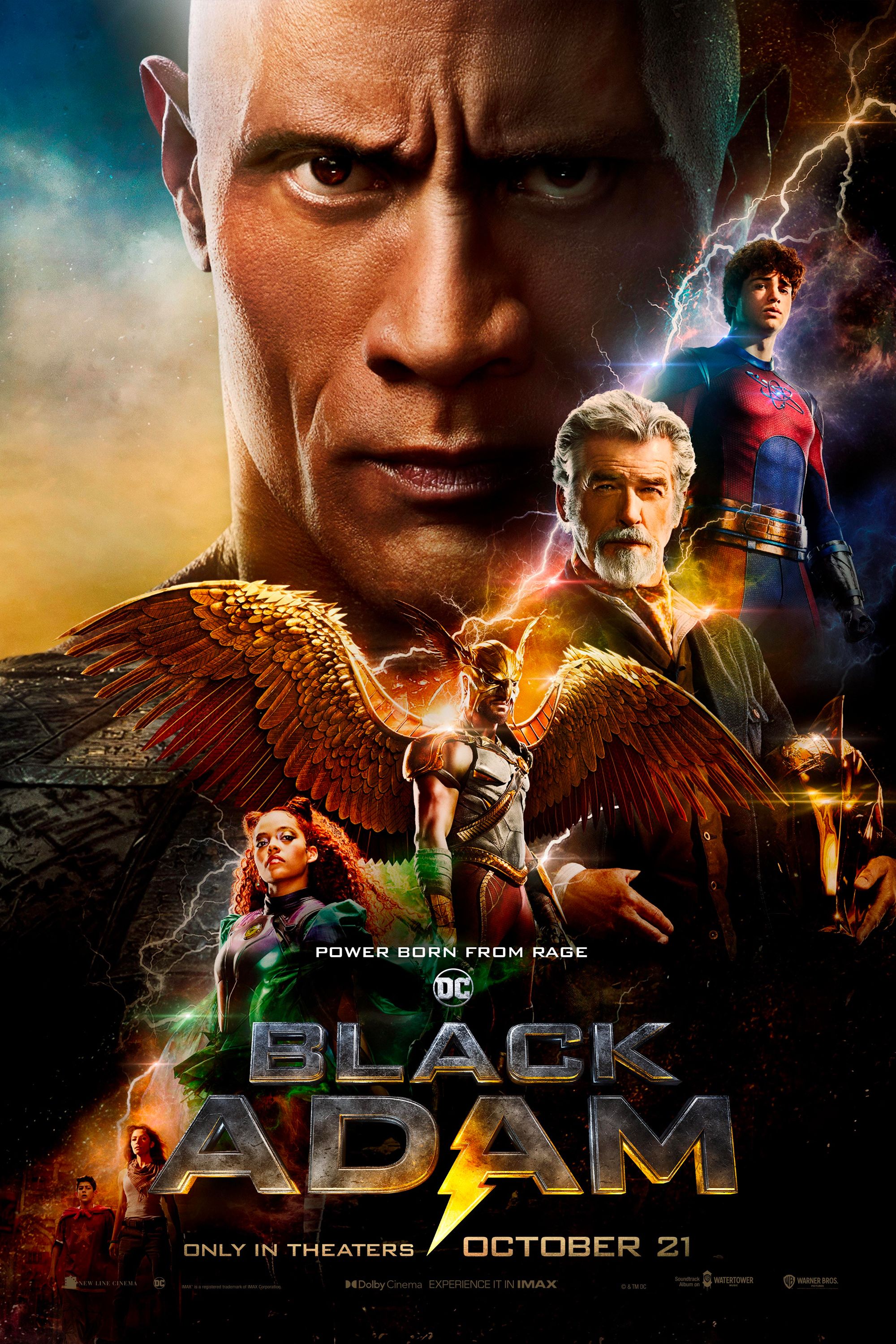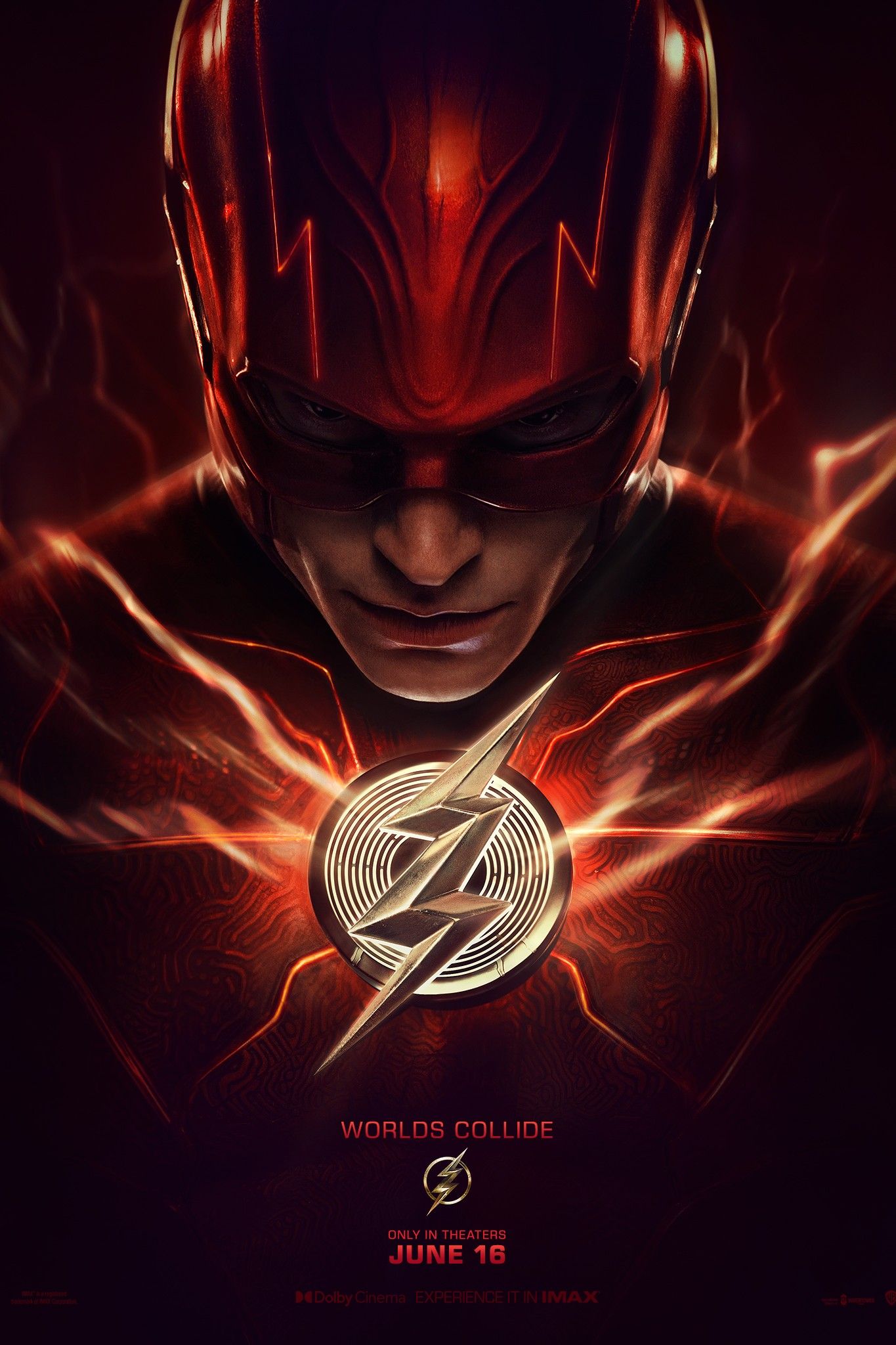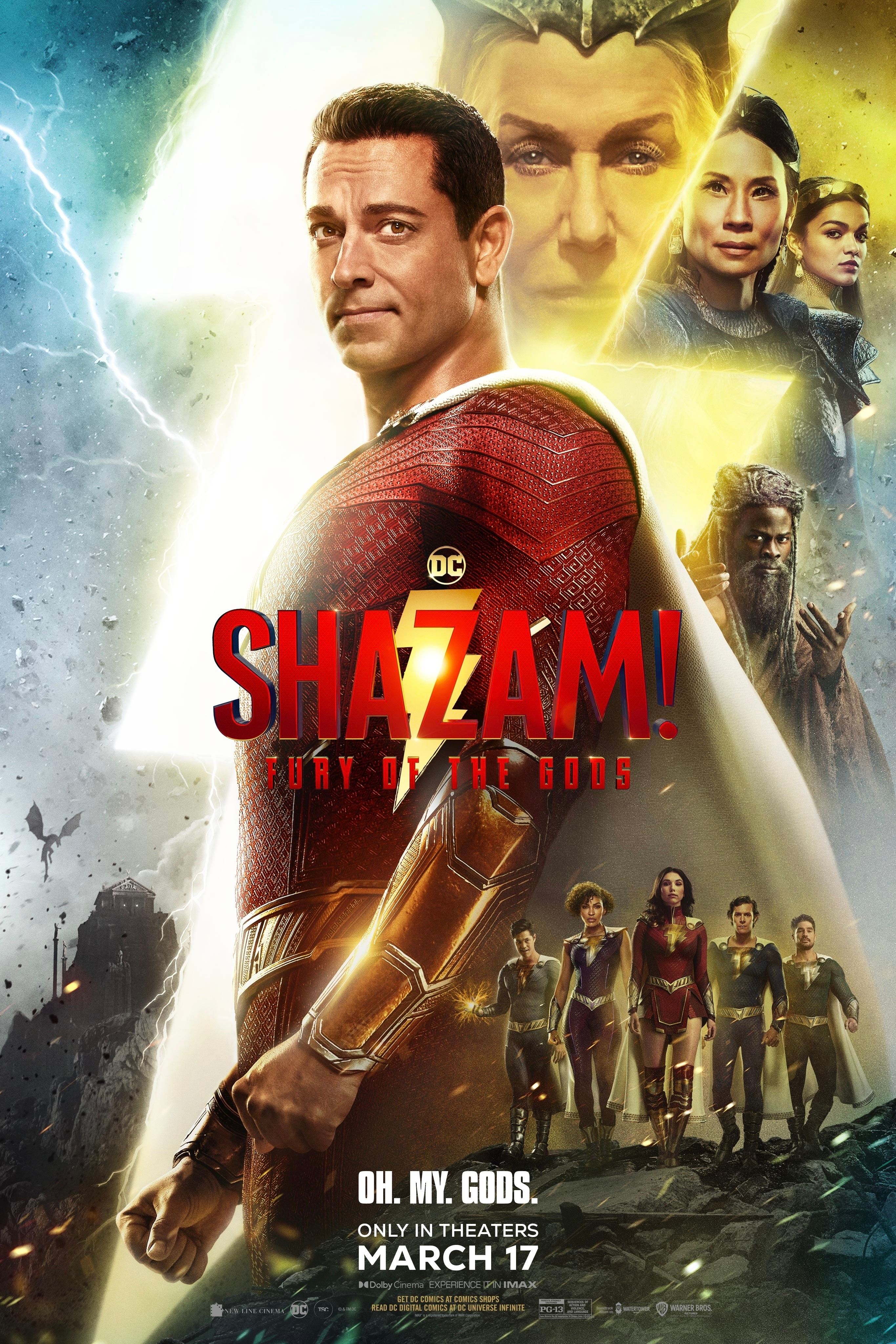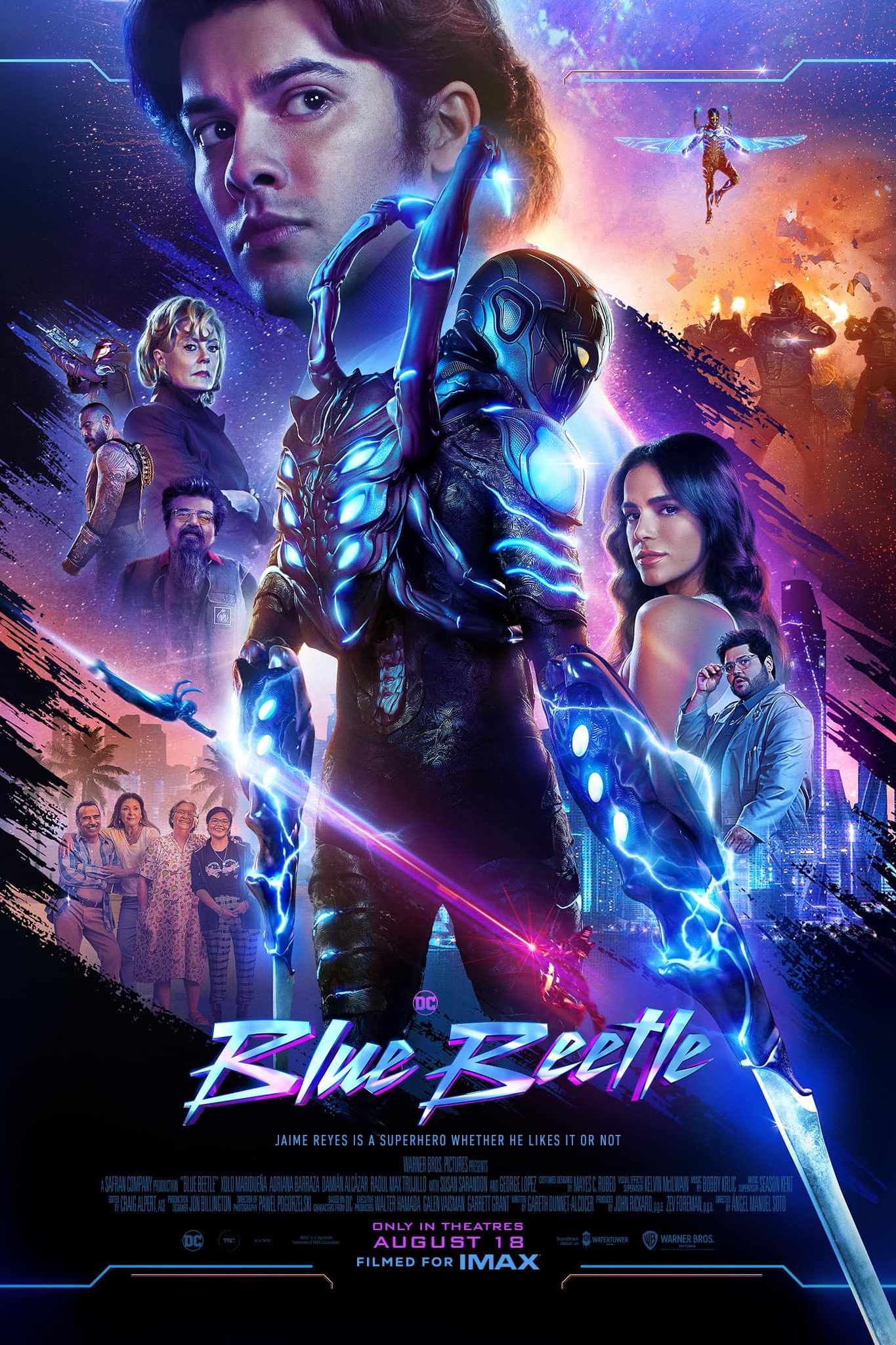Warning: this article contains spoilers for The Batman.
Despite showcasing a fully-fledged hero and opting not to visualize the murder of Thomas and Martha Wayne, The Batman actually manages to carve out a better origin story for the Caped Crusader than Christopher Nolan’s Batman Begins. The Gotham City of Matt Reeves’ The Batman bears resemblance to the bleak, corrupt, and murky metropolis of Batman Begins. It is certainly more akin to Nolan’s DC debut than his two following films, which saw Batman’s primary crime-fighting jurisdiction very realistic and not too far detached from its New York City inspiration.
Gotham acts as a breeding ground for corruption in The Batman, with criminals, police officers, and even the district attorney all converging in an underground nightclub. Robert Pattinson’s Bruce Wayne is one of few citizens engaged in expunging the city’s perversity, and he has already assumed the identity of Batman, or “Vengeance,” prior to the start of the film’s narrative. Although his experience and abilities are not yet fully formed, Bruce already has developed intelligence, physical prowess, high-tech equipment, and a monochrome suit for his heroic alias.
As such, The Batman does not follow the typical structure of an origin story, and it is certainly a departure from the explicit and linear progression of the Dark Knight that is charted in Nolan’s Batman Begins. However, Reeves’ film does allude to Bruce’s past and the influences on his preference of fighting crime with his bare hands over maintaining the lifestyle of an eccentric billionaire. While The Batman does not present the exact moments of its hero’s origin, it does provide a unique portrayal of Bruce’s trauma and his development from seeking vengeance to pursuing justice.
How The Batman Deviates From Nolan’s Origin Story Structure
The opening scene of Nolan’s Batman Begins features a prepubescent Bruce encountering his fear of bats. The film portrays Bruce’s early exposure to grief, visualizing the murder of Thomas and Martha Wayne by Joe Chill. An older Bruce, portrayed by Christian Bale, still grieving the death of his parents, hopes to take revenge by killing Chill. Though The Batman does not deviate much from the canonical details of the murder of the Waynes, the film does not visualize the scene of their tragedy. The topic of Bruce’s parents’ deaths is referred to and discussed during the film, but it is only the dialogue that is reflective; the film’s visuals remain in the present day. Where Batman Begins guides the viewer through Bruce’s story, The Batman illuminates Bruce’s past through Batman’s present. While Robert Pattinson’s Batman is doing detective work at a scene where Gotham’s mayor has been killed, he silently acknowledges a boy who has been made fatherless by the murder. Though Bruce seems to decline any attempt at expression, he is clearly empathetic towards the boy who is experiencing grief familiar to him. At the mayor’s funeral, a rogue car speeds through the crowd and Bruce runs toward the boy, saving him from the crash.
A significant number of viewers will be familiar with the story of the Waynes murder, and The Batman initially assumes this knowledge and opts to portray moments that illuminate Bruce’s persisting grief. The character is consistently dichotomous: divided between Bruce, the billionaire recluse, and Batman, the masked crime-fighter. Therefore, it is notable that the scene of the mayor’s funeral in The Batman shows a moment where it is a formally dressed Bruce who is heroic, not his alias, Batman.
The Influences On The Symbol Of Batman In Nolan’s And Reeves’ Movies
Bruce’s plan to kill Chill at a courthouse in Batman Begins is ultimately thwarted. Chill is gunned down by someone else, supposedly on behalf of crime syndicate boss Falcone in order to prevent Chill from testifying against him. Bruce, now unable to take revenge, admits his frustration to friend and love interest, Rachel Dawes. Rachel berates Bruce over his desire to kill Chill and states that his father would be ashamed of him. The film visualizes Bruce’s training in martial arts and, as he returns to Gotham many years later, he devises an “incorruptible” symbol for fighting crime. Batman officially “begins,” as an image that can inspire good, rather than seeking vengeance.
The Batman adheres to this method of Bruce deciding to channel his grief into an entirely positive image, but it comes during Bruce’s time as the Caped Crusader rather than before, and it is influenced by a particularly unexpected source. Though Batman’s rule of not killing and his opposition to crime are overtly positive traits, he evokes a much more brutal and darker tone in Reeves’ film, compared to the Batman of Nolan’s movies. Pattinson’s Batman is commonly named “Vengeance,” and his route of exposing and ending corruption in Gotham is not too different from the Riddler, though Paul Dano’s villain seeks his objectives through more sinister methods.
Bruce’s concept of Batman only begins to become a more positive symbol toward the end of The Batman, following the Riddler’s suggestion that he and Batman had essentially been cooperating in exposing Gotham’s corrupt individuals. The Riddler, or Edward Nashton, had a similarly tragic childhood to Bruce, but without the privilege of wealth and social status. Nashton resents Bruce for the sympathy he received while babies were dying in the cold winters at the orphanage where he lived.
Though the Riddler’s victims are usually guilty of crimes themselves, the sinister reality of Batman’s image inspiring evil is laid bare. Nolan’s films see Batman intended to be “incorruptible” from the hero's beginning, and The Dark Knight even witnesses Bruce unwittingly hopeful that Harvey Dent (Aaron Eckhart) can replace Batman as a symbol of hope with a face. Alternatively, the definition of Batman as a symbol is only developed in Reeves’ film after its hero has spent a considerable amount of time as a true vigilante.
Why The Batman's Origin Story Is Better Than Batman Begins'
Nolan’s Batman Begins executed an origin story for Batman that is comprehensive and sensibly structured. However, the narrative trajectory of the film is consequentially rather linear. Nolan’s realism in The Dark Knight Trilogy redefined the superhero genre, but he perhaps could have used this perspective to create a more nuanced origin story. Though Bruce’s incentives and training to become Batman are thoroughly presented, the ongoing emotional tensions that occur when he puts on the mask are largely overshadowed by the physical torment of combat.
Reeves’ film provides notable character development by illuminating the everlasting impression that the murder of the Waynes has on Bruce, portraying Batman as an innately complicated hero. The Batman thrives on its assumption that viewers will be familiar with Bruce Wayne’s story, following a complex and ambitious narrative structure that does not visualize the start of either Bruce’s story or Batman’s story, but brilliantly presents them as intertwined. While The Batman 2 may see its hero in a less complicated pursuit of justice, the foundation created by Reeves’ film has established a profound origin story for Batman.

